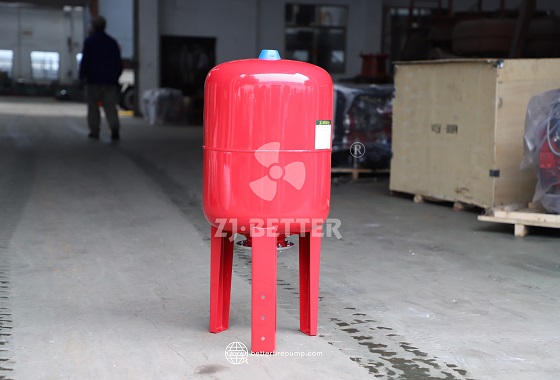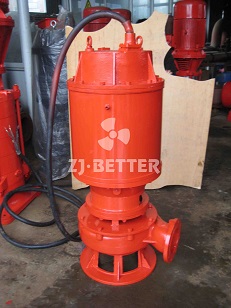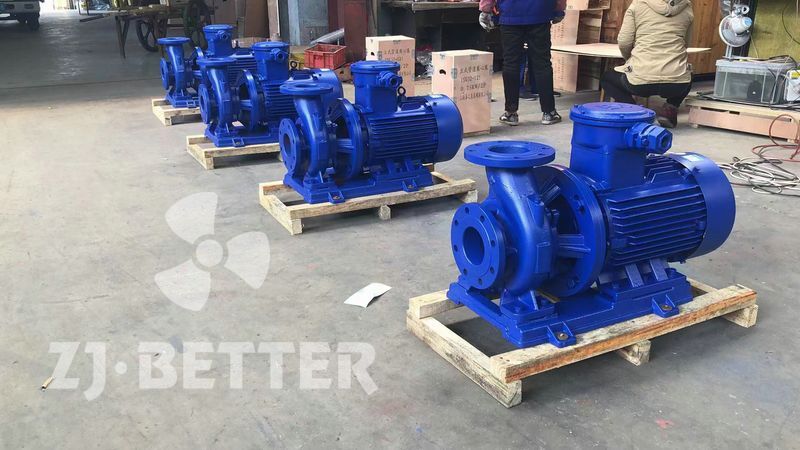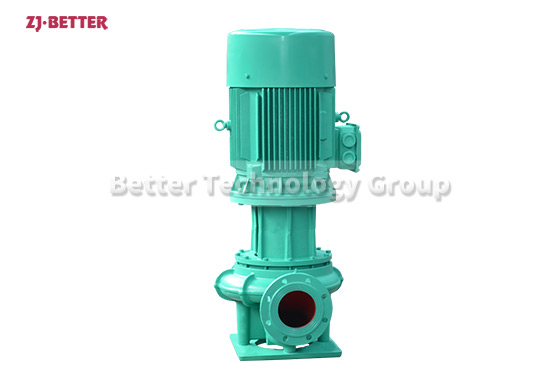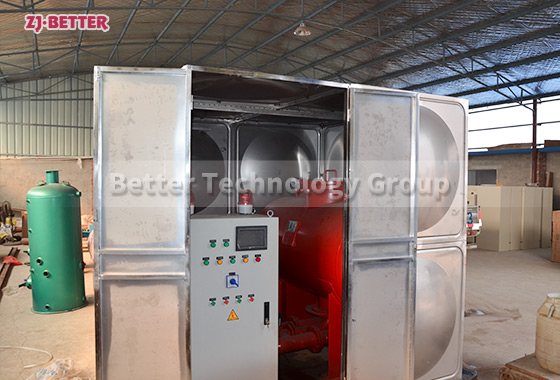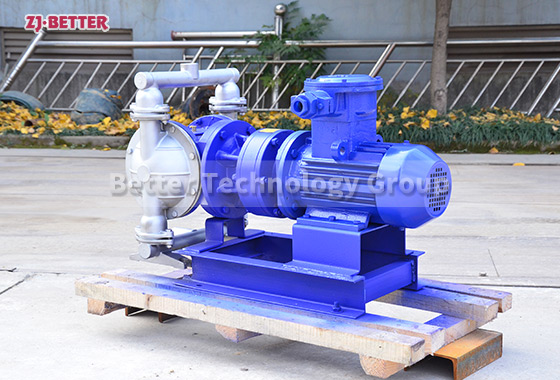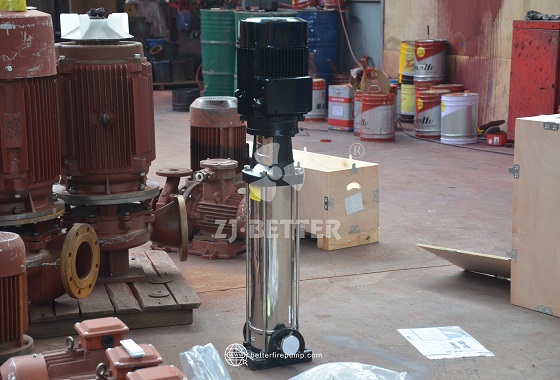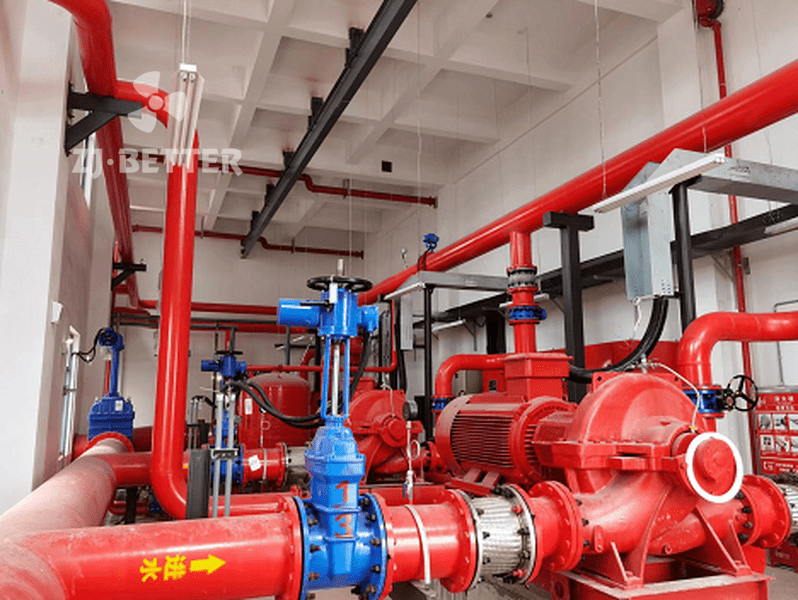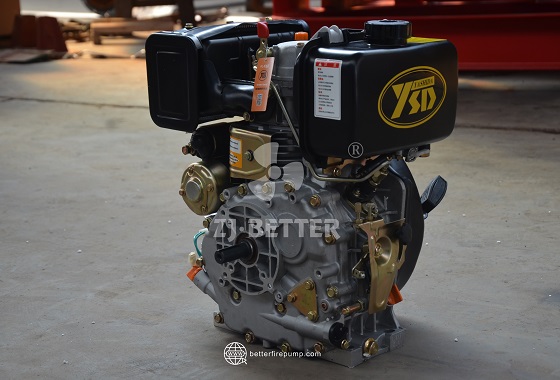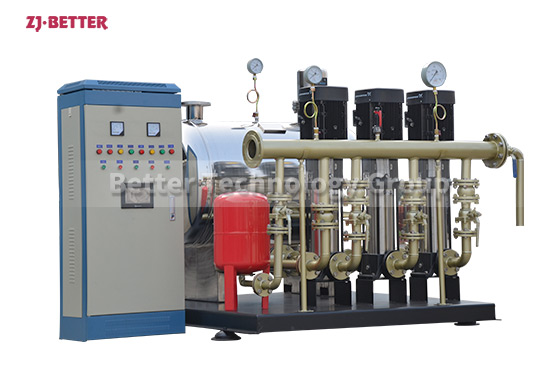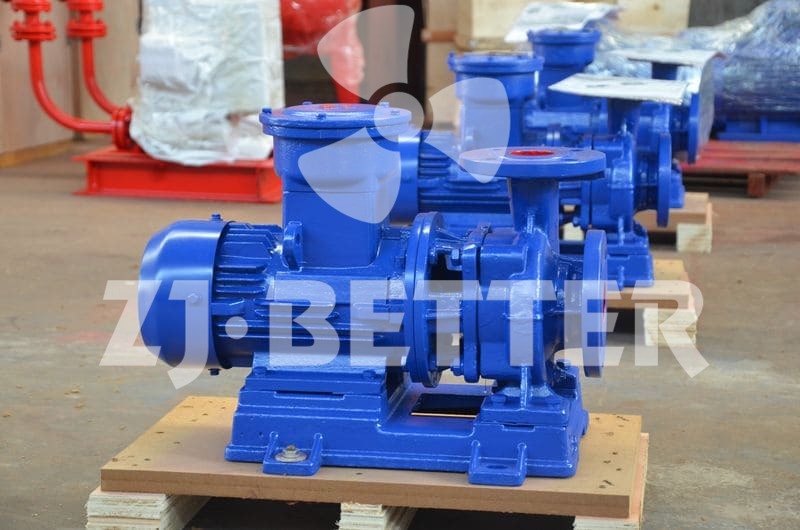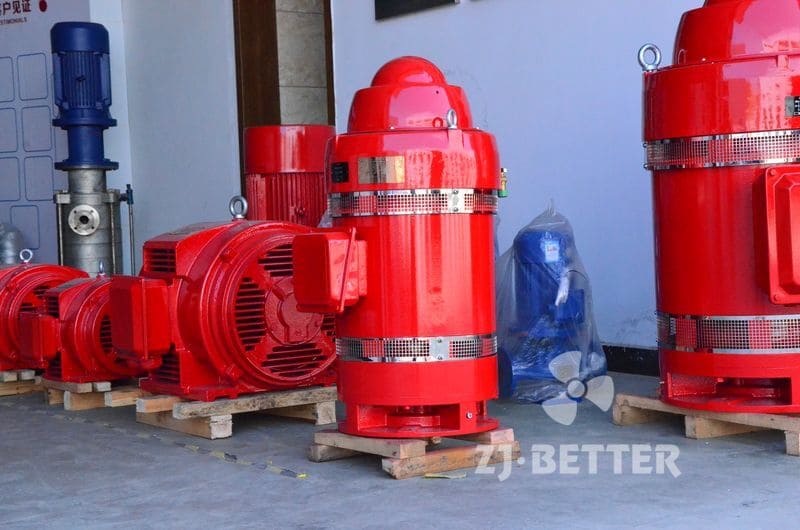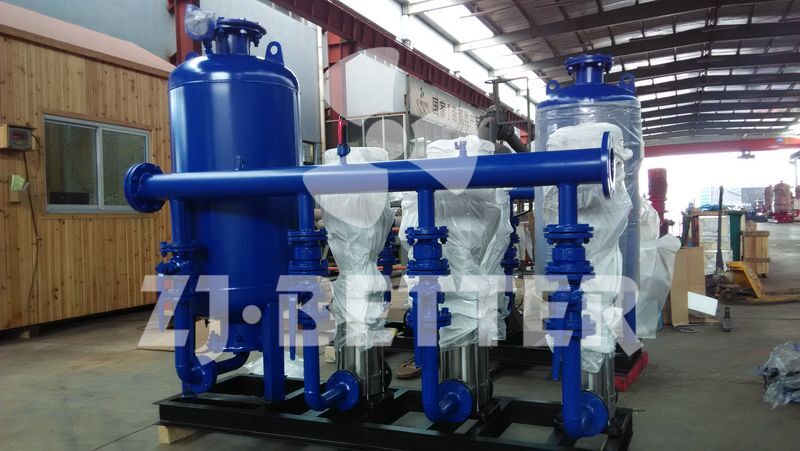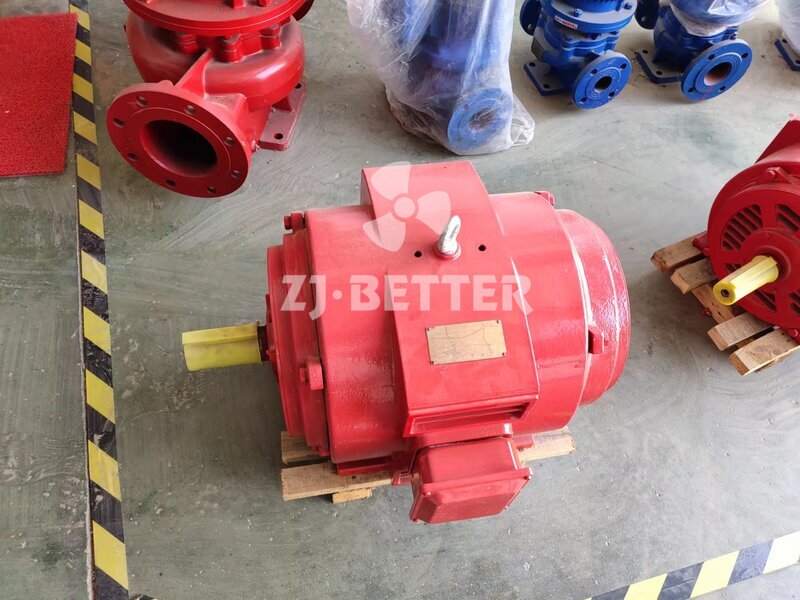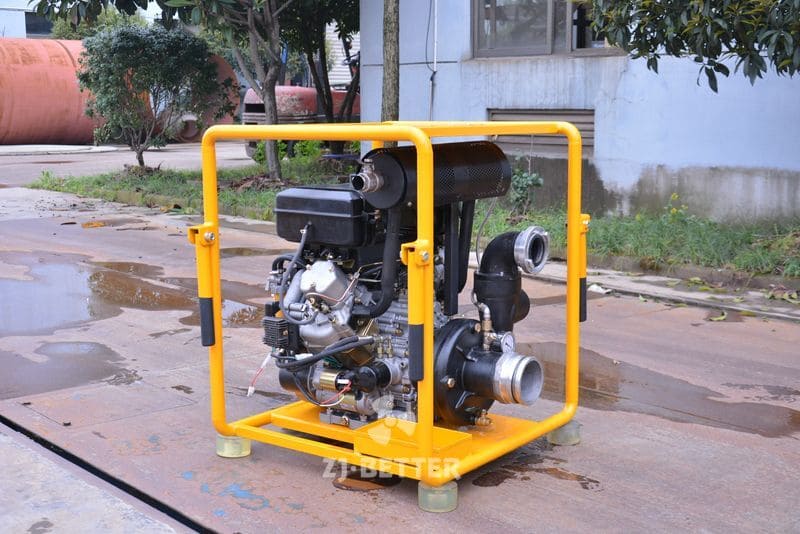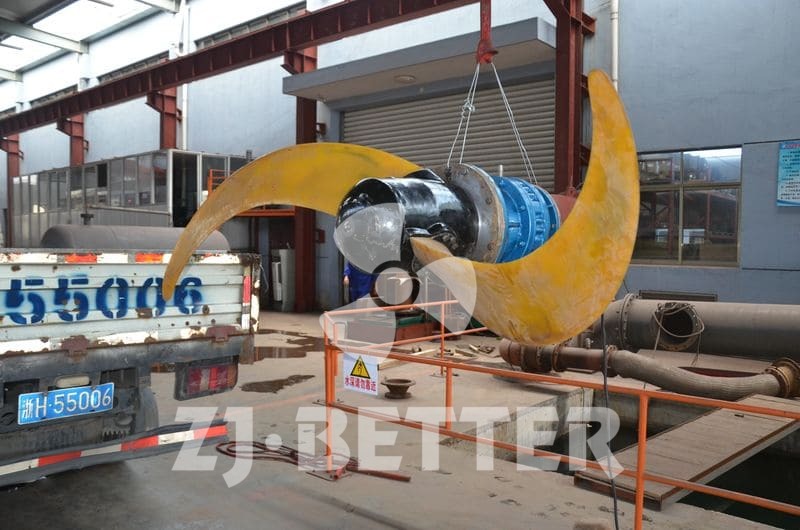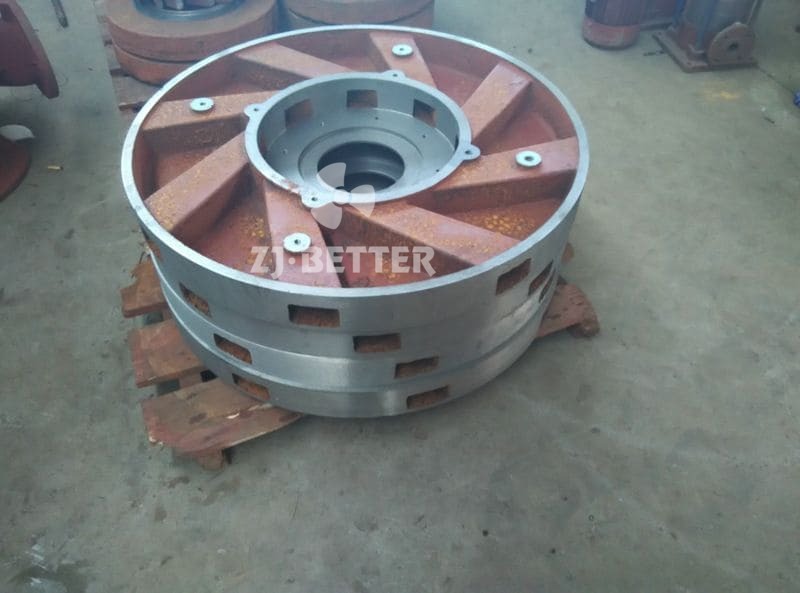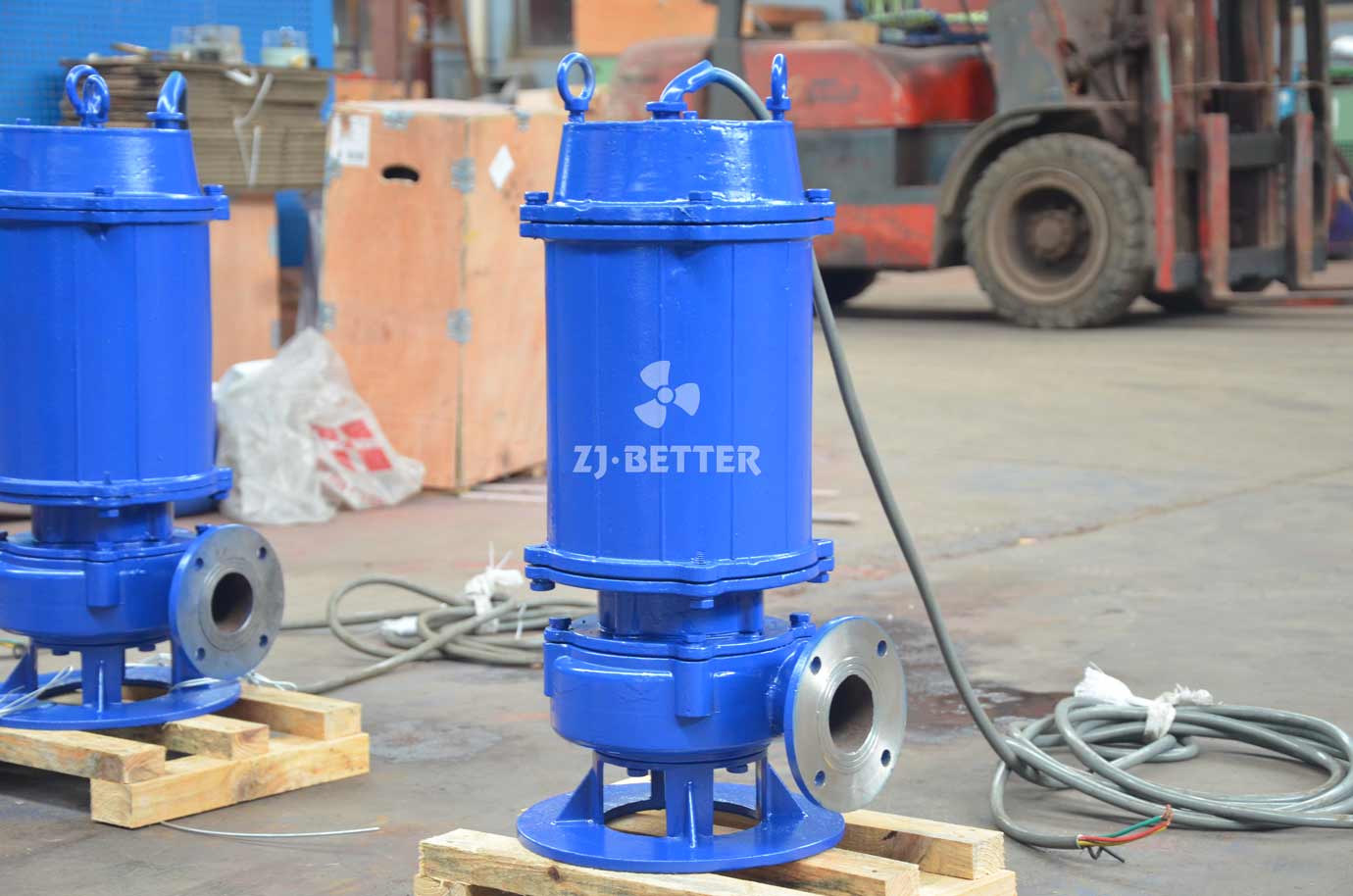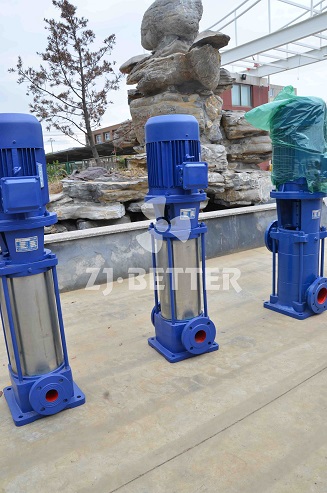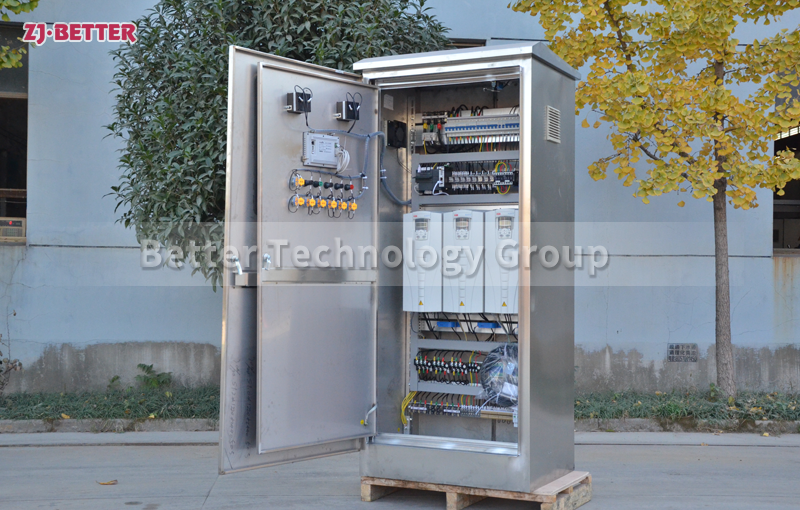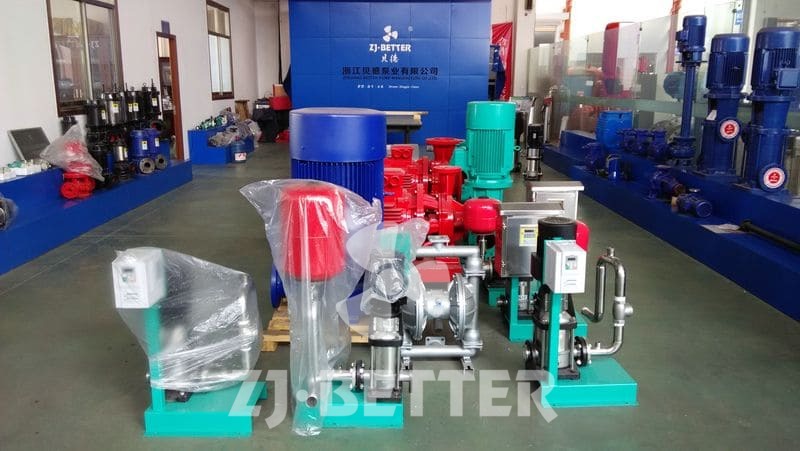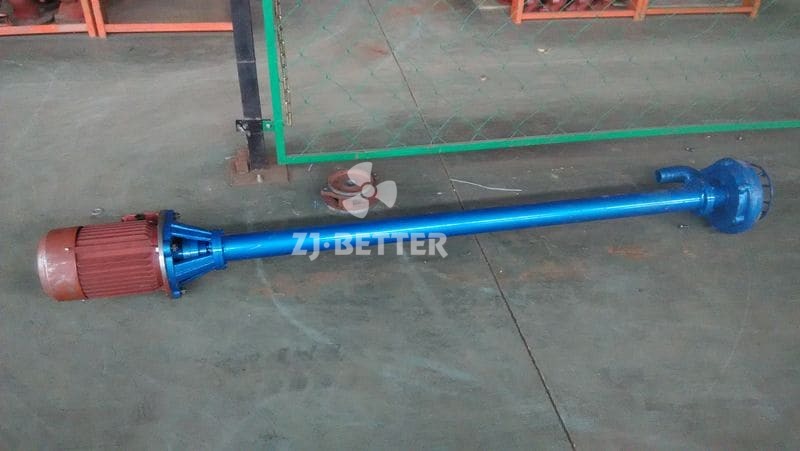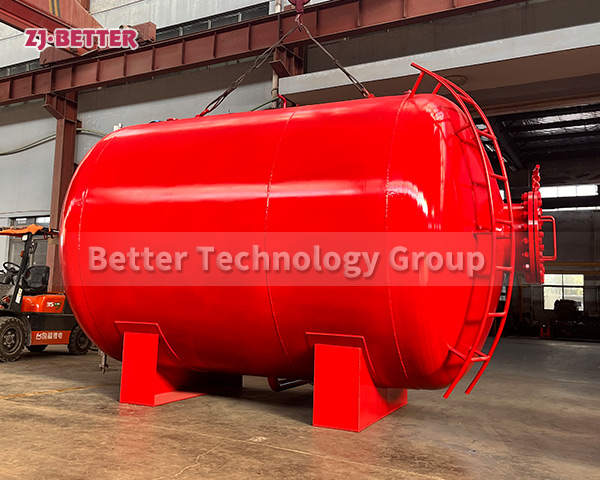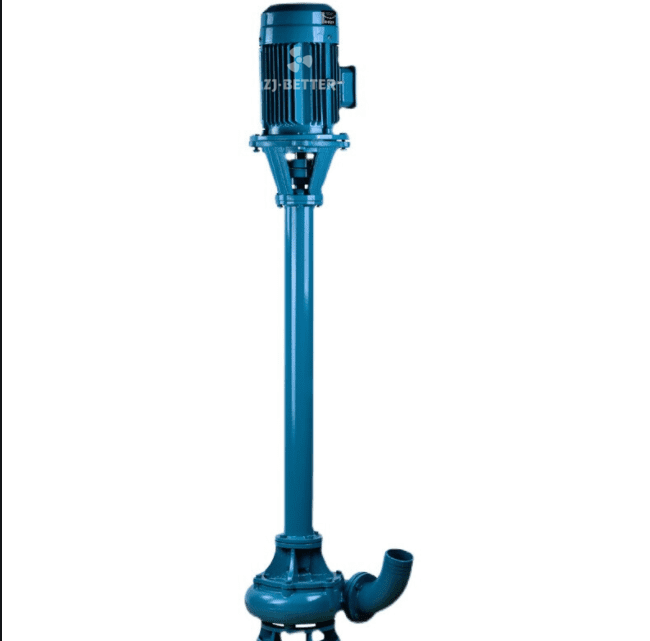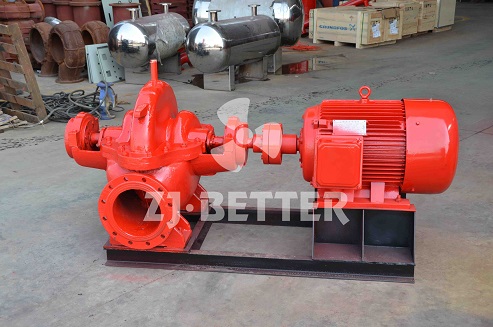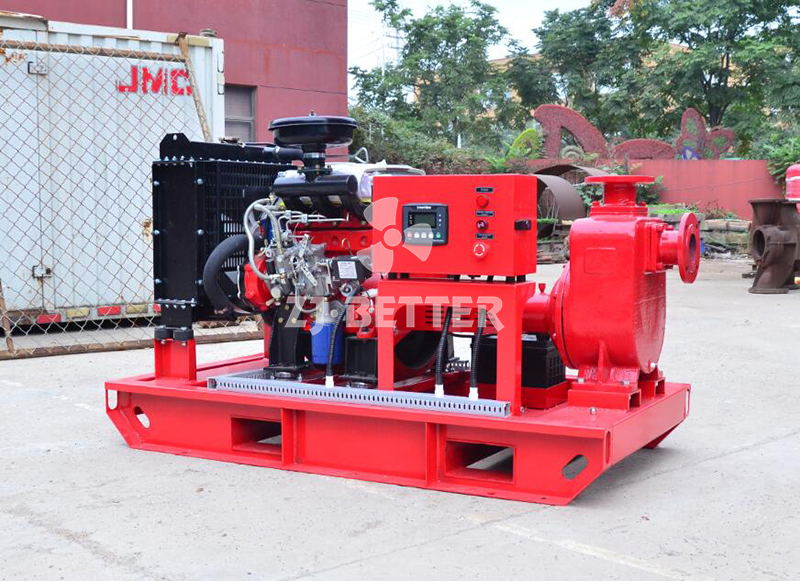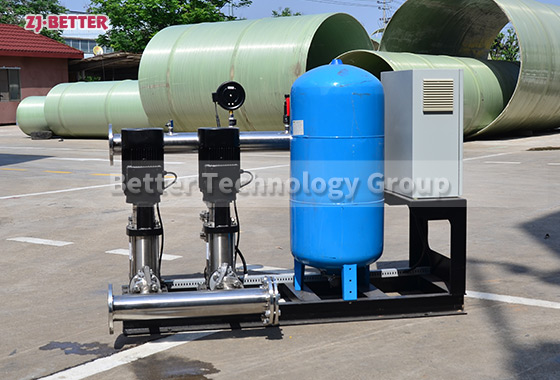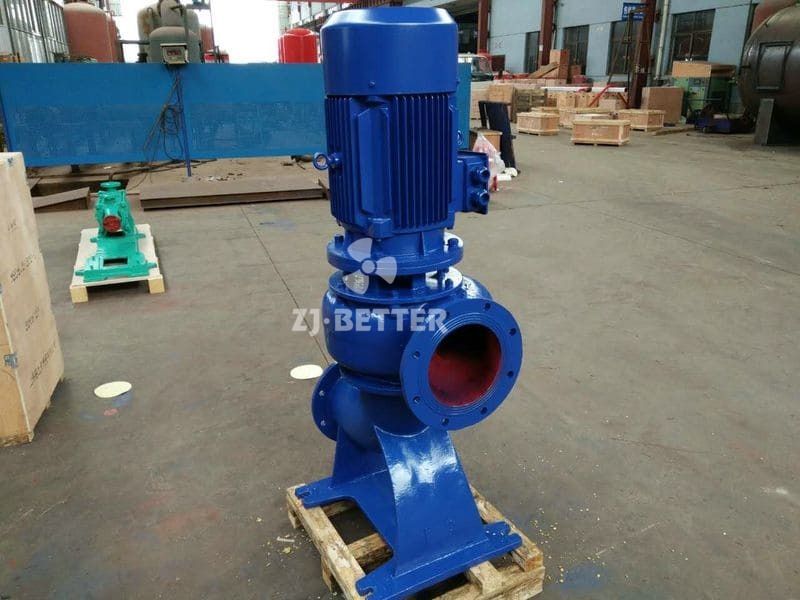Understanding the Role and Benefits of Pressure Tanks in Firefighting Systems
In modern firefighting systems, the pressure tank (also known as an expansion or stabilizing tank) plays an essential role. By storing pre-pressurized water, it helps maintain constant pressure within the pipeline system, ensuring the system remains in a ready state during standby conditions. This significantly improves response time and reduces the frequency of main pump startups.
As seen in the provided image, this pressure tank is built with high-strength steel and coated with anti-corrosion paint, delivering excellent pressure resistance and durability. It features an internal bladder or diaphragm structure with high elasticity, capable of withstanding frequent pressure fluctuations while offering long service life and minimal maintenance needs.
This unit is widely used in fire protection water supply systems, especially for automatic sprinkler systems and hydrant networks, effectively preventing malfunctions caused by pressure instability.
As a professional manufacturer specializing in the development and production of fire pump systems, we are committed to delivering efficient, stable, and reliable firefighting equipment solutions for global users. Our product range includes diesel engine fire pumps, electric motor fire pumps, control panels, pressure stabilization devices, and complete fire pump sets, widely used in fire protection systems for industrial plants, commercial complexes, high-rise buildings, airports, and warehouses.
All products comply with major international and domestic standards (such as GB, NFPA, and EN), and are built using high-strength alloy components to ensure excellent corrosion resistance and high-pressure performance. Multiple drive options and intelligent control systems are integrated to guarantee rapid response and steady water supply, even under the most demanding conditions.
With strong R&D capabilities, we continuously optimize hydraulic models and system designs, offering customized solutions that help build more reliable and efficient fire protection systems.



